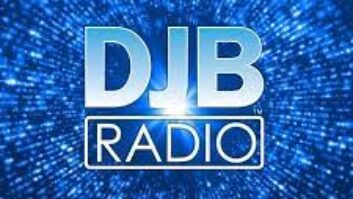WQED(FM) is a fine arts radio service for Pittsburgh that is, frankly, just getting by and cutting corners. I am happy to see Skip Pizzi write about subscription radio because I think it could answer many of our funding problems (“Waiting for the Third Shoe to Drop,” Aug. 1). I have taken the idea of a premium subscription service to our management to no [avail].
From what I can tell there is no public radio buzz about it at the national level either. Even if management showed an interest, I suppose we radio engineers should be more concerned about how we could make it work.
What are our options?
Help desk
Let’s say I want to create a premium surround sound classical subscription service. What delivery mode do I use? HD or FMeXtra; a combination of both; or something new like mobile TV or even a yet to be realized option like drive-by WiFi radio?
How much bandwidth do I have and how do I allocate a bit budget? Should it be file transfer or real-time streaming service?
Lots of ground to cover here. When I look at actual options things clear a little, but I see challenges ahead.
FMeXtra could give me a generous bit budget but require giving up the stereo carrier to get it. Anyone willing to do that? Will an FMeXtra+HD combination radio ever exist? How well can FMeXtra cope with multipath? It has to work well with a car radio in a hilly multipath area like Pittsburgh. Before I could go any further down this path, it’s “show me the receiver” time.
HD Radio in hybrid mode has bound me into a 96 kbps audio delivery bit budget. Is it enough? I know the NRSC has said that a 48/48 HD1/2 split is viable, even for delivery of surround sound, but I hear other voices.
Dan Danko recommends 64 kbps for matrixed surround, and Fraunhofer says its MPEG surround system works acceptably at 48 but better at 64+ kbps. Looks to me like I would need a 64/64 kbps split to do main and subscription services justice in surround, and I can’t bind bits in the extended hybrid spectrum to the main hybrid 96, so something has to give. Forty kbps main stereo and 56 kbps for a CA premium with surround? Or can I get away with a 32/64 split? That’s what I’d like to try.
If I use the Fraunhofer MPEG surround and put the CA and steering channel in the extended band, can all of this synch together? Will anyone build such a receiver? Do I have to build subscriber interest first and then get a receiver manufacturer to go along? That seems unlikely.
I note that the rules for HD will now allow experimental transmission in an all-digital mode. Perhaps I could use the 300+ kbps bandwidth in this mode to do file transfer in overnight hours, say 1 to 5 a.m. I estimate that I could transfer 15–20 hours of good quality audio that way each day, and that about a week’s worth of radio programs would fit in one 4 GB SD card.
I imagine the management of those files with personalized playlists at the listener end. It would finally create the customized non-synchronous listening that Negroponte talked about 15 years ago. Ten thousand subscriptions at roughly $10 a month to such a service would generate more than our existing pledge dollars. Anyone really toying with this option?
Or maybe we should leapfrog: Look at mobile DTV bandwidth for audio and video file delivery and streaming. If a 4 Mbps part of a DTV channel could delivery 1–2 Mbps of throughput and be robust enough for mobile service, we could stream audio and video and do file transfer at the same time. Or not. Are mobile TV planners even considering a service such as this? Will drive-by WiFi or WiMax technology ever become workable?
I pour this stew out on the trough for your consideration. I hope it doesn’t give you indigestion. My bets are with an HD Radio CA stream big enough for surround. Is that too much to ask, or is it too little?











